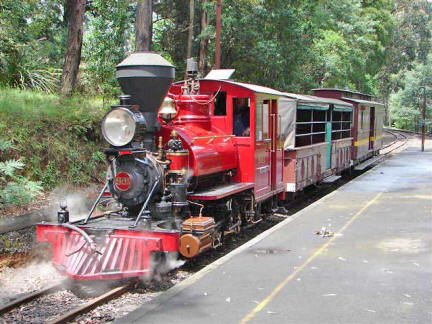The Locomotive – No.861 of 1886
 The locomotive you will be driving was built as an 0-4-0T in 1886 by Société Anonyme Usines Métallurgiques du Hainaut – Locomotives Couillet. This locomotive builder is normally known by the abbreviated name Couillet. Although not well known in Australia, in Europe Couillet was a significant builder of steam locomotives over a long period of time.
The locomotive you will be driving was built as an 0-4-0T in 1886 by Société Anonyme Usines Métallurgiques du Hainaut – Locomotives Couillet. This locomotive builder is normally known by the abbreviated name Couillet. Although not well known in Australia, in Europe Couillet was a significant builder of steam locomotives over a long period of time.
As built the locomotive weighed approximately seven tons. It has the Couillet builder’s number 861. It was built for Decauville & Cie. of Paris, suppliers of portable and industrial railway equipment, and has their serial number of 43 of 1886.
| Tractive effort (at 85% boiler pressure) | 1852 kg 4084 lbs |
| Driving wheel diameter | 533 mm 21 inches |
| Cylinder diameter | 184 mm 7.25 inches |
| Cylinder stroke | 305 mm 12 inches |
| Boiler pressure | 1300 kPa 180 psi |
| Weight (in its present form) | |
| Overall length (in its current form) | 6.680 m 21 ft 11 in |
The locomotive was supplied new by Decauville to the Metropolitan Gas Company Ltd, Melbourne, for use at their gasworks in West Melbourne, where it was named John Benn. Another locomotive of the same type was supplied in 1889 (Couillet builder’s number 986, Decauville serial number 90). It was named Carbon.
The West Melbourne gas works sourced its coal from Maitland, New South Wales, and the coal was brought by ship to a wharf adjacent to the West Melbourne gas plant. John Benn and Carbon were used to haul the coal over a 762 mm (2 ft 6 in) gauge railway from the wharf to the gasworks, a distance of about 450 metres (500 yards).
In 1926 a third locomotive was obtained, an 0-4-0ST built be Peckett & Sons, Bristol, England, (builder’s number 1711 of 1926). It was named Sir John Grice.
In 1933 the gasworks railway was replaced by a conveyor belt, but until 1941 railway operations continued in winter to supplement the conveyor belt. In 1941 the locomotives were put into storage. The locomotives were offered free of charge to anyone who wanted them, but there were no takers until 1961, when all three locomotives went into private ownership for various forms of preservation.
Subsequently No.861 was heavily rebuilt, and while mechanically still basically an 1886 Belgian locomotive, its frames were extended, and a new smokebox, cab, and saddle tank fitted. It is now a 2-4-2ST with the character of an American narrow gauge locomotive of the early 1880s. However it still has the Walschaert valve-gear it was fitted with when new. Walschaert valve gear was a Belgian invention, and was hardly used at all in English speaking countries until the twentieth century.
The two other ex-West Melbourne gasworks locomotives, Carbon and Sir John Grice, also operate on the Puffing Billy Railway. Neither have been rebuilt, and their cabs are too small to allow for guest drivers.
